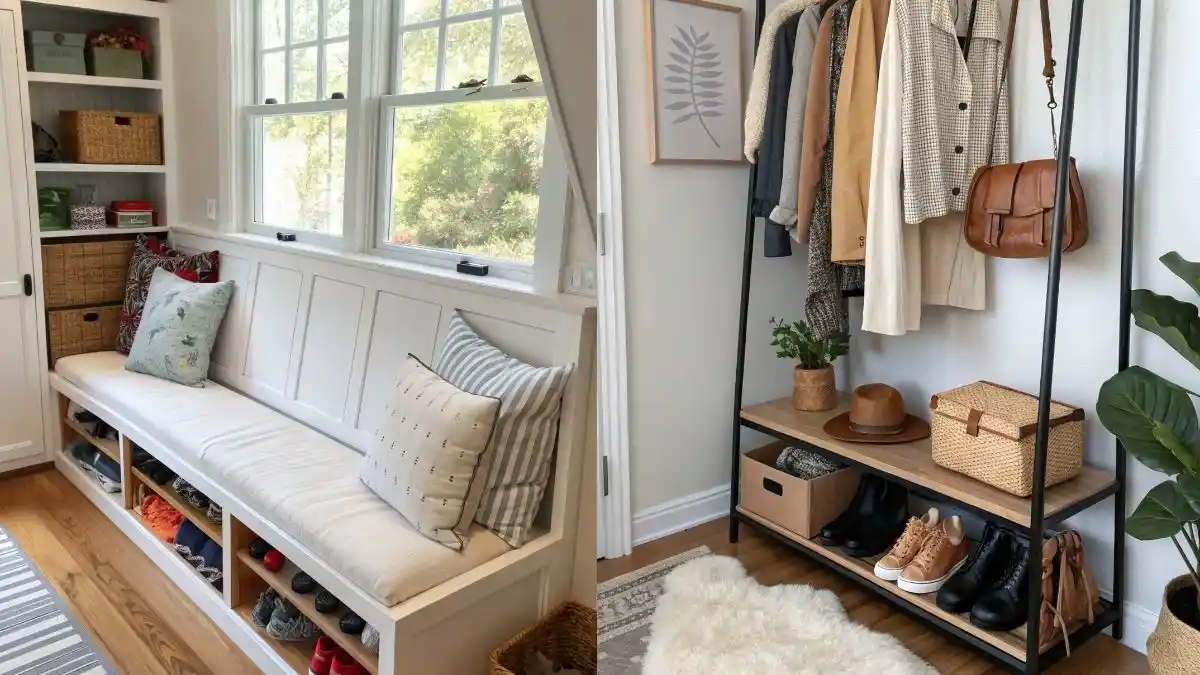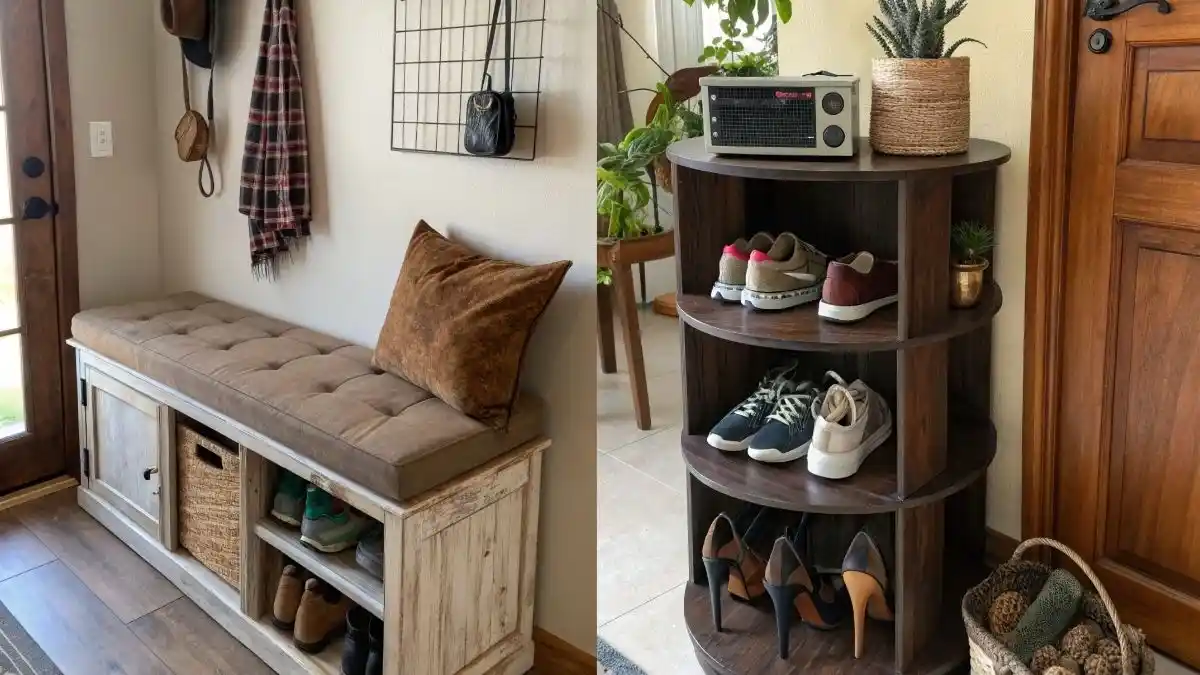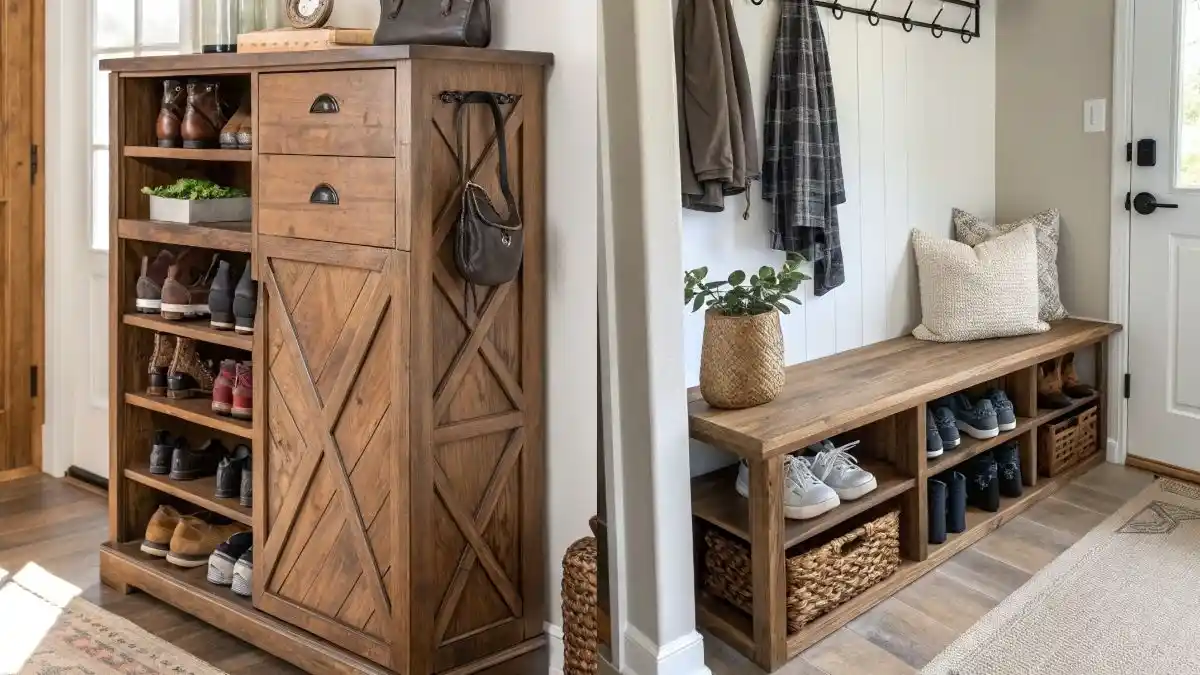Do you want to grow your leafy greens and enjoy fresh harvests for months? Let me show you how I grow collard greens with big, healthy leaves, just from one planting! These greens are super nutritious and easy to care for. I've found them to be one of the most rewarding vegetables in my garden.
So, let's grow collard greens together!
Why I Love Growing Collard Greens
Collard greens aren't just another leafy vegetable—they're a powerhouse of nutrition. I especially love how rich they are in calcium and potassium.
These two nutrients help keep my bones strong. If you're on a plant-based diet like me, this matters a lot!
And here's the best part: one round of planting gives me greens for a long time! That's why I always make room for collards in my garden.

Preparing to Plant Your Collard Greens
Before we even touch the soil, let's talk seeds. Collard green seeds are a bit large and hard. While you can sow them directly, I always soak them first. It helps them sprout better!
Here's how I do it:
Mix 2 parts boiling water with 3 parts cold water to make warm water.

Wrap the seeds in a paper towel. Soak the seeds in that water overnight or during the day for 10–12 hours.

Then, I wrap the soaked seeds in a damp cloth and place it in a jar to incubate for 1 day.

Remember to cover the lid.

By the next day, they're plump and ready to plant!
Starting Seeds in Pots
Now that the seeds are ready, it's time to sow them. Let's take out the seeds and give them a cozy start.

Filling Pots the Right Way
I use seedling pots to ensure the soil is firm at the bottom. Why? Because that helps keep the roots stable later on.
Here's my trick:
Press the soil firmly into the bottom half of the pot.

Fill the top half more loosely.

This little step makes a big difference when it's time to transplant.
Sowing and Watering
Prepare the number of pots corresponding to the number of seeds you have.

I place 2 seeds in each pot. You can adjust depending on how many pots and seeds you have.

Cover the seeds lightly with the soil.

Press down gently—not too tight!

Water is just enough to keep the soil moist, not soggy.

Then, I put the pots in a shady spot to let the magic begin.
Transplanting the Seedlings
After just a few days, the seeds start to sprout! This part always excites me.
When to Transplant
Around day 4, my seedlings grow to about 4–5 cm tall.

By day 14, they usually start looking a little floppy.

That's my cue to transplant them into bigger pots! I bury the base to the first leaves to help the plant stay upright.
Prepping the Growing Pot
I use a pot that's about 20 cm tall. You don't need anything fancy.

I sometimes line the bottom with a layer of straw. This keeps things cleaner, but it's optional.

Mixing the Perfect Soil
My go-to soil mix for collards includes:
- Coco peat
- Rice husk ash
- Raw husks
- Decomposed cow manure
- A bit of topsoil (or your local soil if that's what you've got)
It's rich, airy, and perfect for strong roots.

Gentle Transplanting Tips
If your seedling pots have thick rims, it can be hard to remove the plant without damaging it. I cut the rim off to make it easier.

When I transplant, I always bury the stem to the first set of leaves.

This helps the plant stay stable as it grows.

Repeat the steps for the rest. Then, water the seedlings.

And remember: sunlight matters! Move your pot:
- From shade
- To mild sunlight
- Then to full sun
Don't rush it because sudden intense sun can shock the plant, burn the leaves, and slow its growth. I learned this the hard way!
Supporting Healthy Growth
Once your plant settles into its new home, it's time to support its growth.
Thinning and First Fertilizer
The plant should be stronger and more developed by day 28 (about 2 weeks after transplanting).

Now I thin it down to one plant per pot—choose the healthiest one!

I mix 1 spoon of black urea fertilizer into 4 liters of water to boost its growth.

Stir the solution well.

I let it sit for 15 minutes, then water the plant with just enough. Save any leftover mix for your other plants!

You'll notice the plant starts to grow taller and stronger within a week. That's not just the fertilizer—the plant is naturally in a growth spurt now!

Second Feeding and Soil Topping
After a week, I give it one more feeding.

Then, I add more soil on top to help it stay upright.

This is my last fertilizer application before harvest. Then, I water my collard greens.

Natural Fertilizer Alternatives
If you don't like using black urea or synthetic fertilizers, that's totally fine! You can use:
- Well-rotted cow manure
- Chicken manure
- Worm castings
Just sprinkle a thin layer on top of the soil during each feeding time. It works wonders!
Here are my collard greens after 42 days.

After 55 days, my collards are much taller and their leaves are larger:

Watering and Light Care
Watering is so important, especially for leafy vegetables like collards. Here is my watering routine:
- Once a day in cool weather
- Twice a day in hot weather
- Water in the early morning or late afternoon

Before watering, I always check the soil. If it's dry and the leaves are curling, I water thoroughly. Sometimes, I even move the pot to a slightly shadier spot if it's too hot.
How I Harvest Collard Greens
This is my favorite part—harvesting!

Harvest the Outer Leaves First
Start by picking the outer leaves one by one. They're perfect for:
- Soups
- Stir-fries
- Even wrapping meat or other fillings (just trim the tough stems to make them easier to eat)
This way, you keep the center growing and get fresh leaves again and again!

Extend Your Harvest for Months
By harvesting this way, I get fresh collard greens for several months! Just keep:
- Picking outer leaves
- Adding a thin layer of composted manure every 2 weeks

The plant you see in my garden has been growing for three and a half months, and I started harvesting after just a month and a half. It still looks strong and healthy today!

Final Thoughts
I never get tired of harvesting fresh collard greens from my garden. With just a little effort at the beginning, I enjoy big, healthy leaves for months—how amazing is that?
If you've been thinking about growing your food, collard greens are the perfect place to start. Ready to give it a try? Grab some seeds, follow my steps, and let's grow together!









